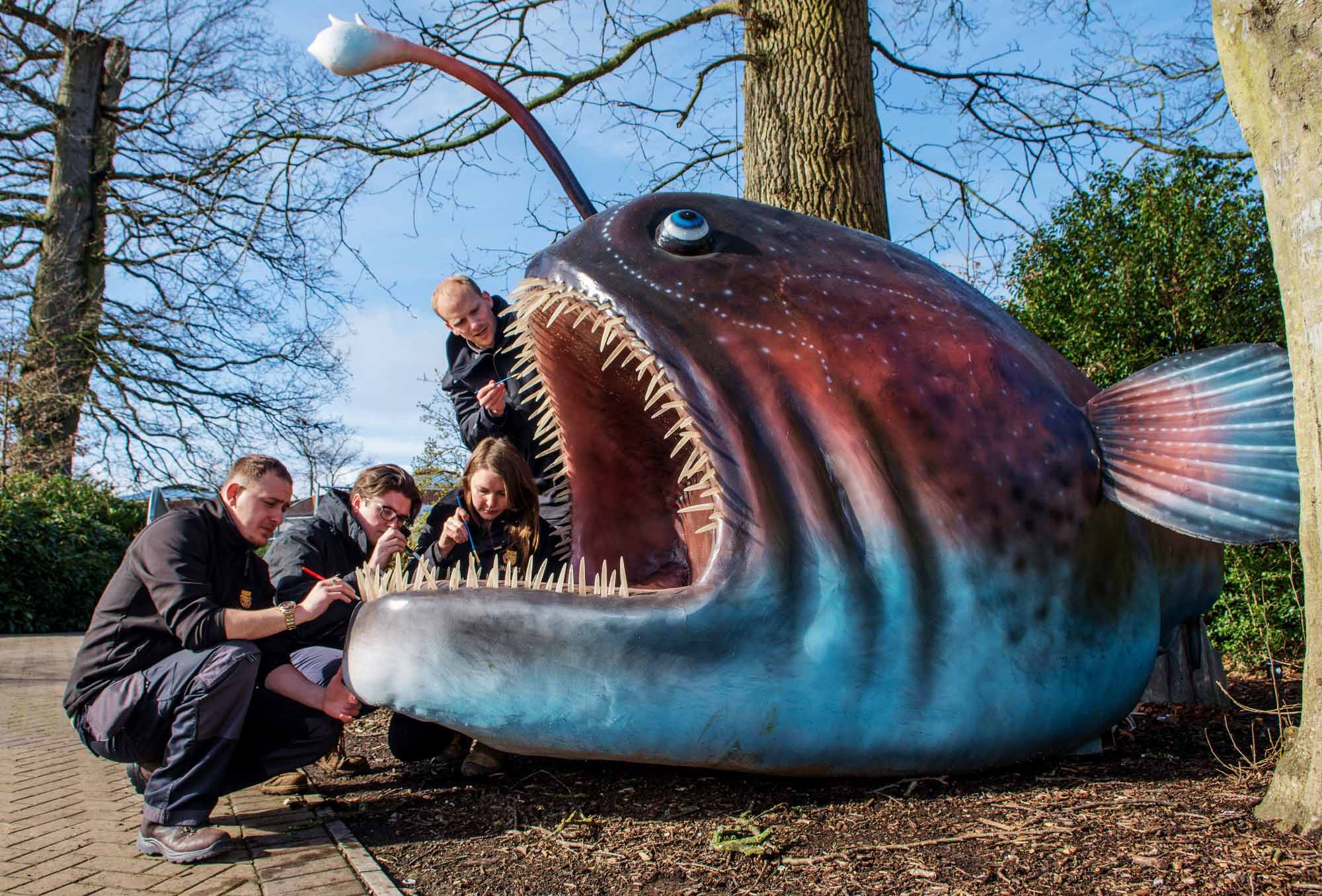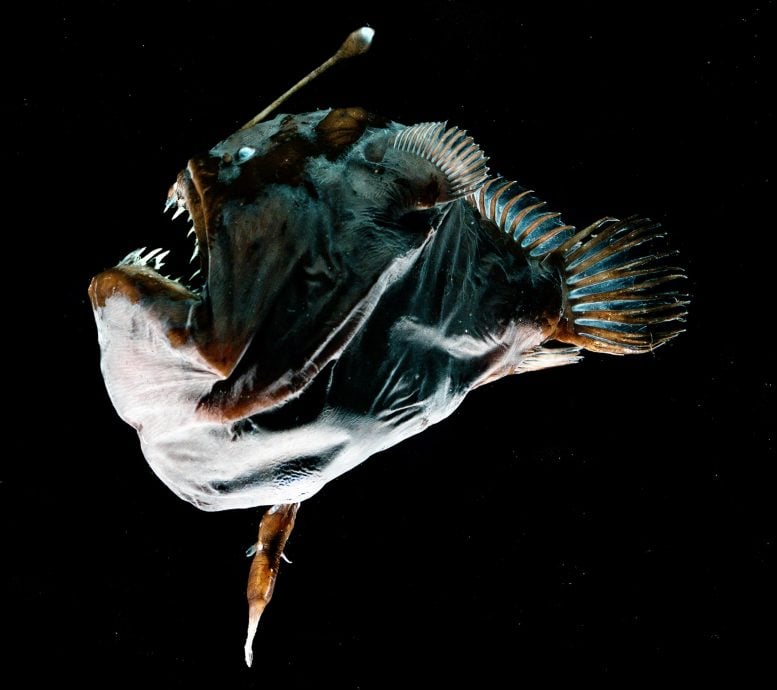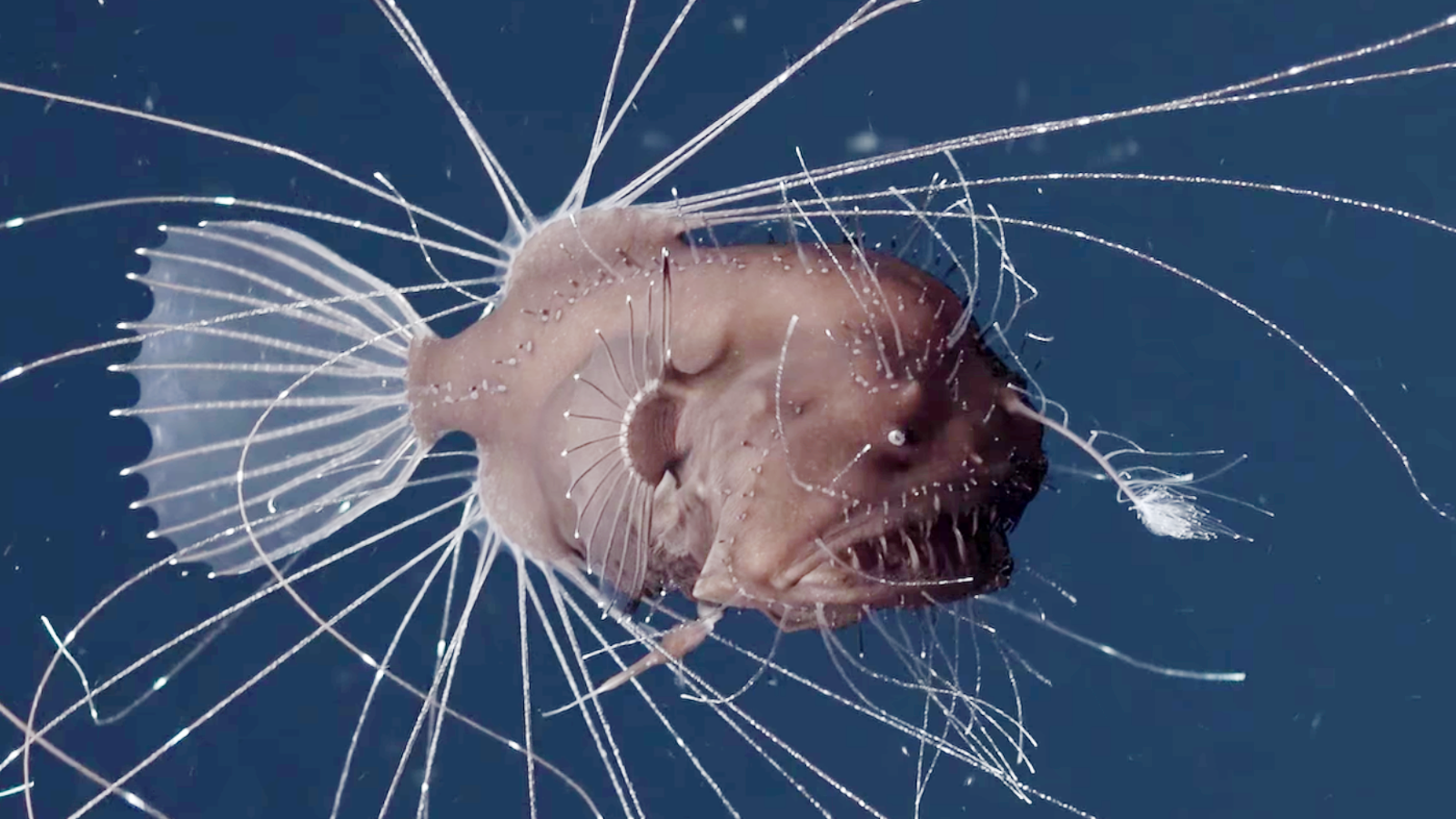
It is worth questioning whether this may pose any potential translations into the world of transplants, and the subsequent immunological issues in our own organ “fusions”. Without such an adaptation, the foreign cells would be attacked by the immune system as if they were pathogenic, and so its absence enables a relatively simple fusion with little possibility for rejection or an immune response. This unusual compromise exhibits the competition in the sexual economy of deep-sea species, and how it has skewed selection and evolution. The MHC II pathway has been completely lost in Lophius picatorius, which would otherwise defend against extracellular threats through its role in T cell antigen presentation (Dubin et al, 2019). The immunological complication of two bodies fusing is so vastly complex that some Angler fish no longer have an adaptive immune system (Swann et al, 2020). This phenomenon of sexual parasitism is intriguing for many reasons. Once ejected, the gelatinous sheath of eggs is fertilised in almost perfect timing by the male, and this cycle occurs over several seasons, sometimes with the aid of several male suitors (Afonso-Dias et al, 1996). Their bodily processes are coordinated by a shared hormonal network, so when she is ready, he is ready. What he does not need, he no longer has eyes and fins disintegrate in atrophy and her blood supply is now his (Duarte et al, 2001). The male is a mere appendage, hanging onto the female like some vestigial limb. Their bodies fuse: vessels join like the colliding roots of trees, and tissues form one shared body. This totals around 25 species capable of such phenomena.Īfter trawling through the unknown following nothing but a simple species-specific pheromone, the male Angler fish bites his female companion. However, this discovery was a major insight into the mechanics of the Angler fish mating strategy, which occurs more specifically in ceratioid Angler fish. In 1922, two smaller fish were discovered to be attached to a larger female, assumed only to be a mother and young. Once they find each other, the real chaos begins. Meanwhile, the male has the largest nostrils in proportion to head size in the animal kingdom, allowing heightened olfactory sensitivity when scouring a female counterpart. In the deep dark abyss over 1000m below the ocean’s surface, how are you supposed to attract a mate without a light? The female Angler fish has evolved to avoid this issue. The Angler fish is therefore an extremely sexually dimorphic creature, which is crucial to its reproductive strategy the lamp is a lure not only to prey but males also. However, it is rarely touched upon the fact that only females look this way, as male variants are small and feeble in comparison. The harrowing appearance of the Angler fish can be seen in mainstream media, particularly its almost demonic portrayal in Finding Nemo.



The bioluminescence itself is the product of a symbiotic relationship, whereby bacteria living within the lamp provide fluorescence in exchange for nutrients and protection (Young, 1983). The lamp is the evolutionary equivalent of a biological lure, used to entice unsuspecting fish into the carnivorous Angler fish’s grasp. The term Angler fish encompasses 16 different taxa and suborders, all characterised by the presence of an “angler” in the female variant.

The Angler fish is a bony fish notorious for its bioluminescent lamp and has subsequently taken centre stage as the Florence Nightingale of the sea. It may be unexpected to find the classic Spice Girls lyric and a deep-sea monster in the same sentence, however, the Angler fish life cycle has demonstrated surprising parallels, particularly during reproduction.


 0 kommentar(er)
0 kommentar(er)
